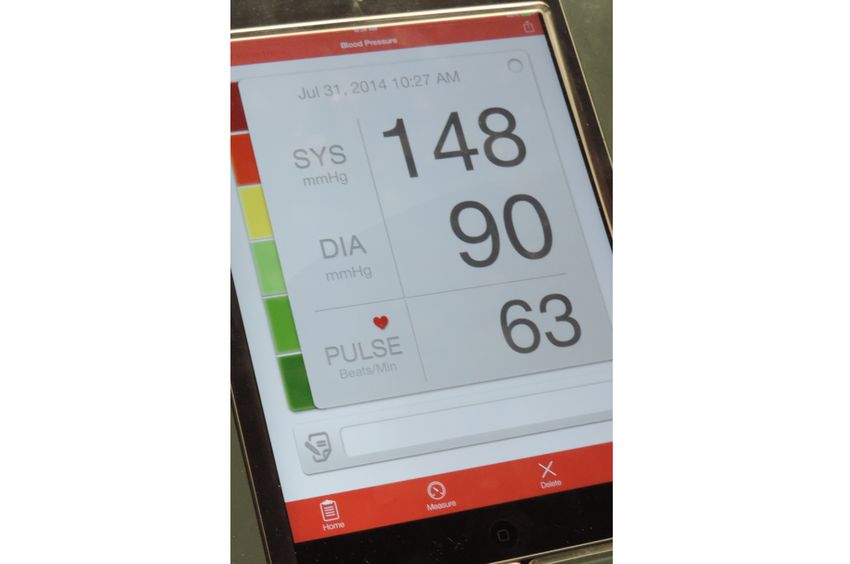
Dallas and Washington, August 14, 2025 — A new clinical guideline jointly issued by the American Heart Association (AHA) and the American College of Cardiology (ACC) emphasizes the importance of early intervention in managing high blood pressure. With nearly half of U.S. adults affected, high blood pressure remains the leading preventable risk factor for cardiovascular diseases, including heart attacks, strokes, and heart failure.
The guideline, published in the AHA’s journals Circulation and Hypertension, along with the ACC’s flagship journal JACC, recommends a combination of lifestyle modifications and medications to manage blood pressure effectively. It also introduces the PREVENT™ risk calculator, a tool designed to estimate cardiovascular disease risk and tailor treatment strategies accordingly.
Understanding the New Guidelines
The updated guideline replaces its 2017 predecessor, incorporating the latest scientific evidence to improve patient outcomes. It highlights the critical role of healthy lifestyle behaviors, such as a nutritious diet, physical activity, and weight management, as first-line interventions for all adults.
“High blood pressure is the most common and most modifiable risk factor for heart disease,” said Dr. Daniel W. Jones, Chair of the guideline writing committee. “By addressing individual risks earlier and offering more tailored strategies across the lifespan, the 2025 guideline aims to aid clinicians in helping more people manage their blood pressure and reduce the toll of heart disease, kidney disease, Type 2 diabetes, and dementia.”
Key Lifestyle Recommendations
- Limit sodium intake to less than 2,300 mg per day, ideally moving towards 1,500 mg per day.
- Consume no more than two alcoholic drinks per day for men and one for women.
- Incorporate stress-reduction techniques such as meditation and yoga.
- Maintain a healthy weight, aiming for at least a 5% reduction in body weight for those overweight or obese.
- Follow a heart-healthy eating pattern, like the DASH diet, rich in fruits, vegetables, and whole grains.
- Engage in at least 75-150 minutes of physical activity weekly, including aerobic and resistance training.
- Utilize home blood pressure monitoring to confirm diagnoses and track progress.
Innovations in Risk Assessment and Treatment
The introduction of the PREVENT™ risk calculator marks a significant advancement in personalized care. Developed by the AHA in 2023, this tool estimates the 10- and 30-year risk of cardiovascular disease, factoring in age, sex, blood pressure, cholesterol levels, and social determinants of health.
Additionally, the guideline recommends expanded laboratory testing, including the ratio of urine albumin to creatinine for kidney health assessment and the plasma aldosterone-to-renin ratio for detecting primary aldosteronism.
Implications for Cognitive Health
Recent research underscores the impact of blood pressure on brain health, linking high blood pressure to cognitive decline and dementia. The guideline advises early treatment to maintain cognitive function, targeting a systolic blood pressure of less than 130 mm Hg for those diagnosed with hypertension.
Special Considerations: Pregnancy and Hypertension
High blood pressure during pregnancy poses significant risks, including preeclampsia and long-term cardiovascular issues. The guideline recommends medication for pregnant women with chronic hypertension and encourages postpartum monitoring to prevent complications.
“It is important for people to be aware of the recommended blood pressure goals and understand how healthy lifestyle behaviors and appropriate medication use can help them achieve and maintain optimal blood pressure,” emphasized Dr. Jones. “Prevention, early detection, and management of high blood pressure are critical to long-term heart and brain health, which means longer, healthier lives.”
Collaborative Efforts and Future Directions
The guideline is a collaborative effort endorsed by 11 additional healthcare organizations, reflecting a broad consensus on the importance of early and comprehensive blood pressure management. Co-authors include experts from various medical and nursing fields, ensuring a multidisciplinary approach to hypertension care.
As the medical community continues to address the challenges posed by high blood pressure, these guidelines provide a roadmap for clinicians and patients alike, promoting a proactive stance in combating this pervasive health issue.







